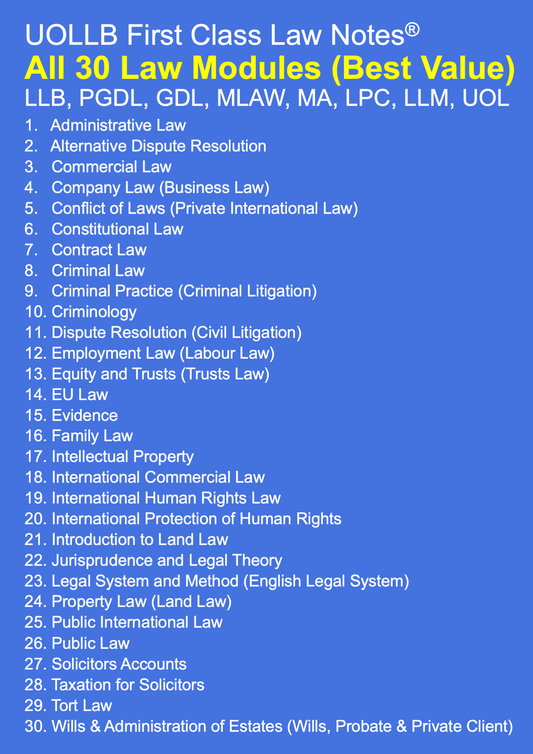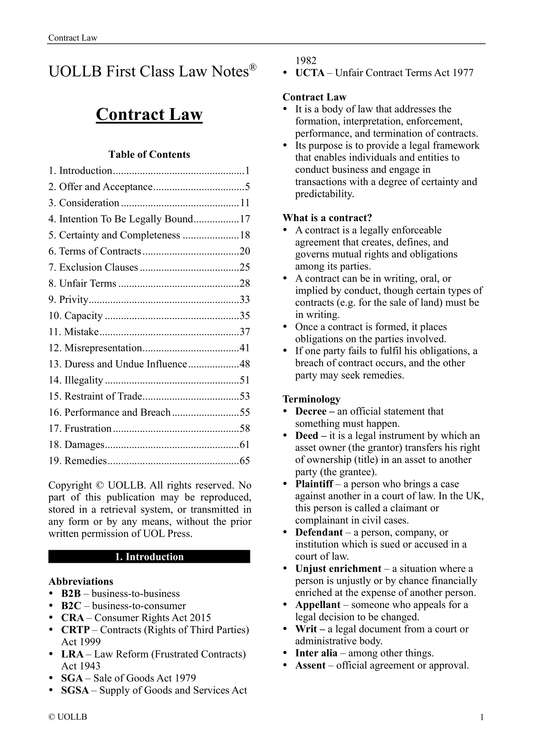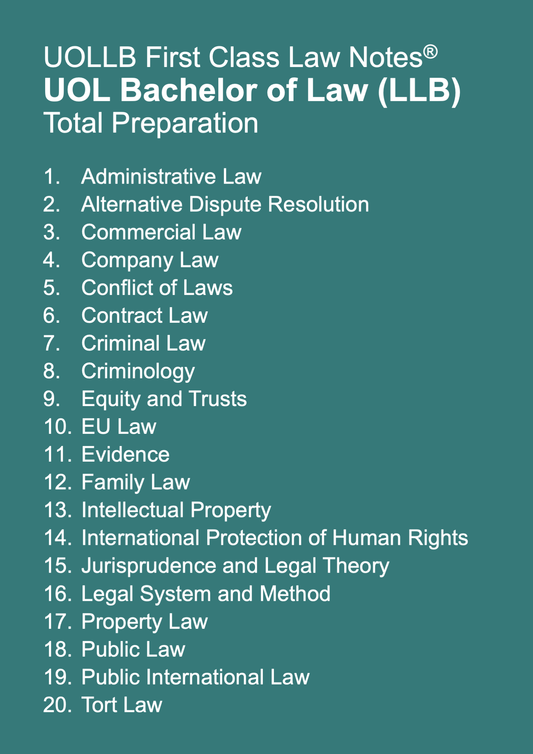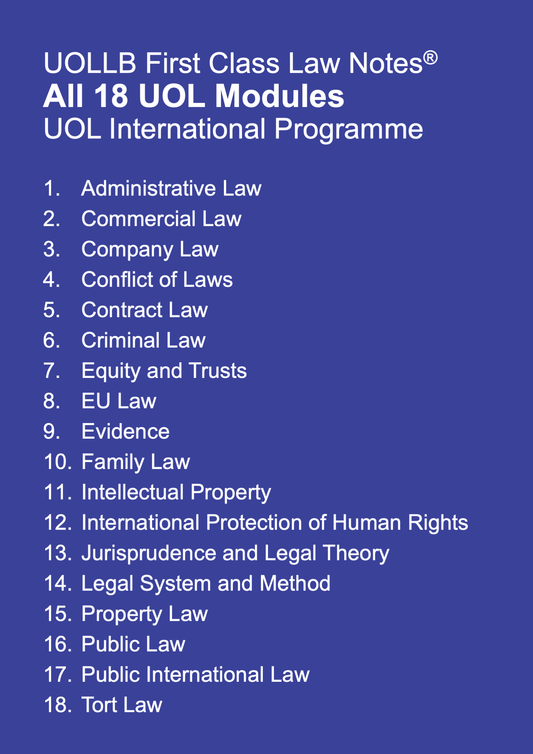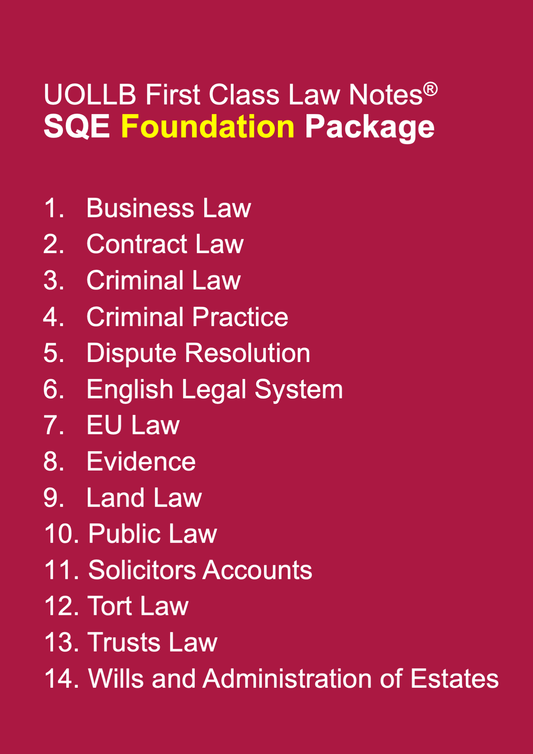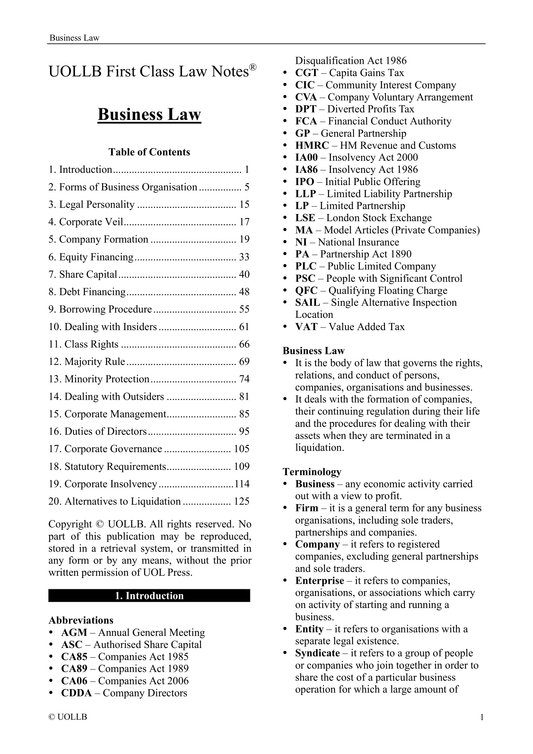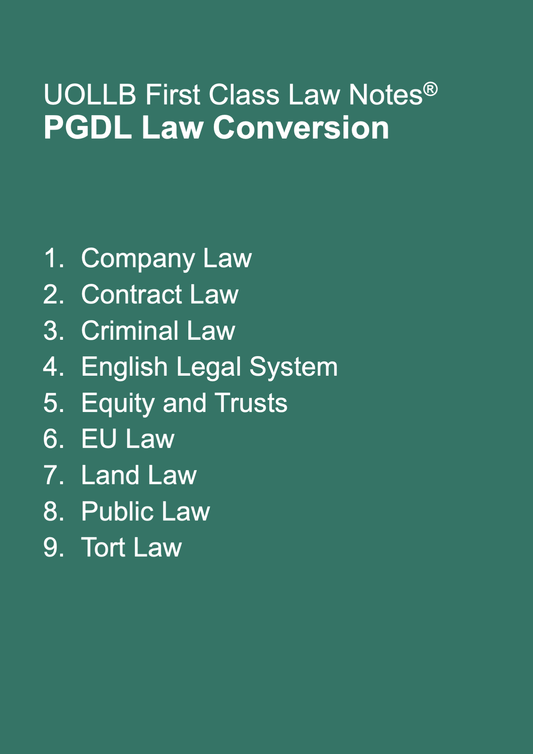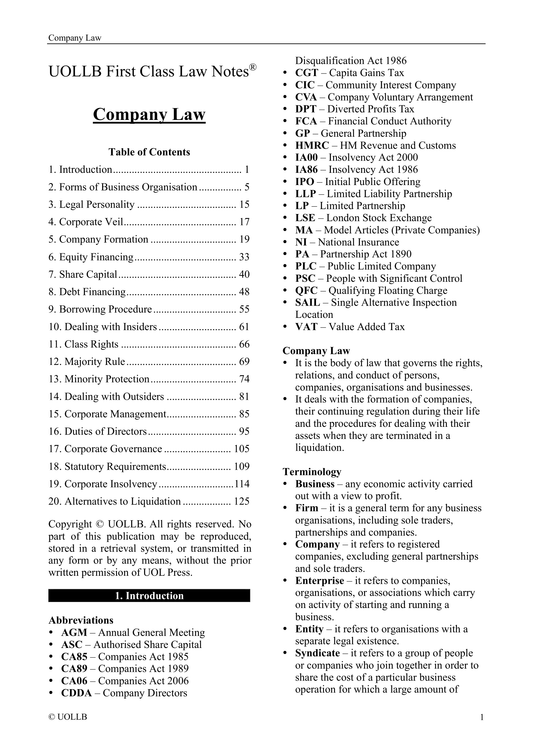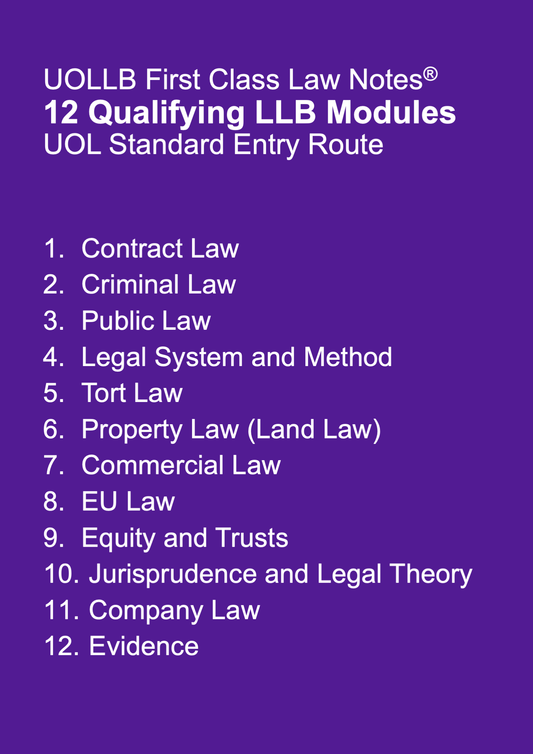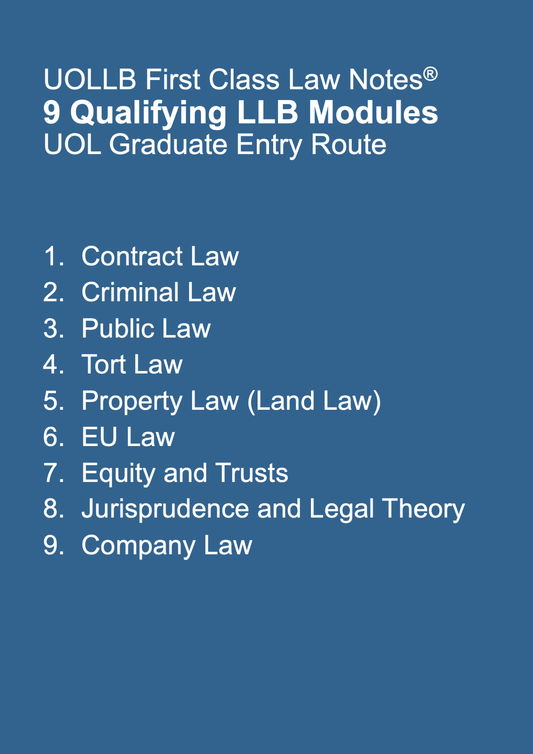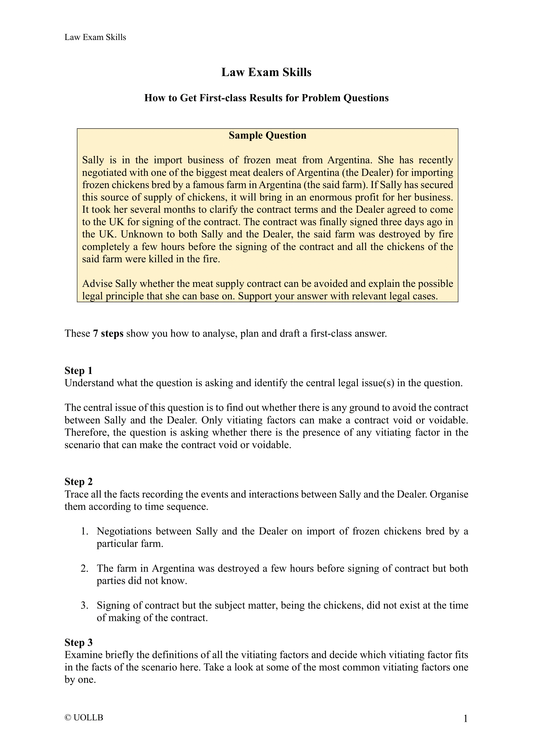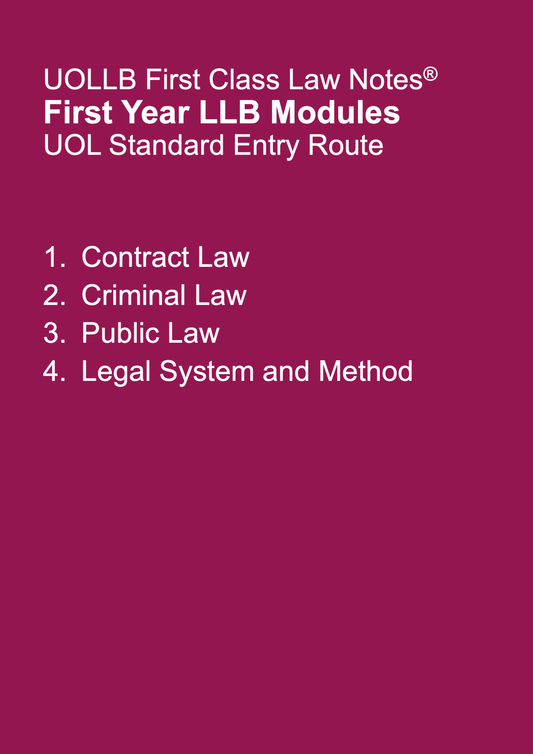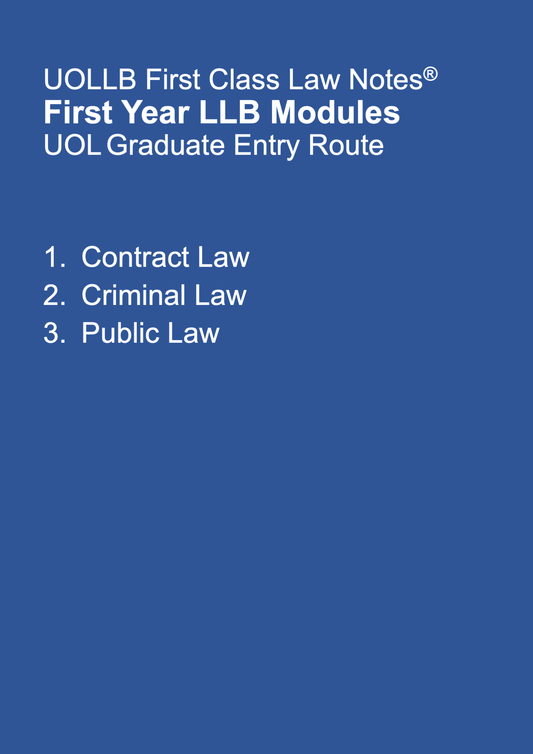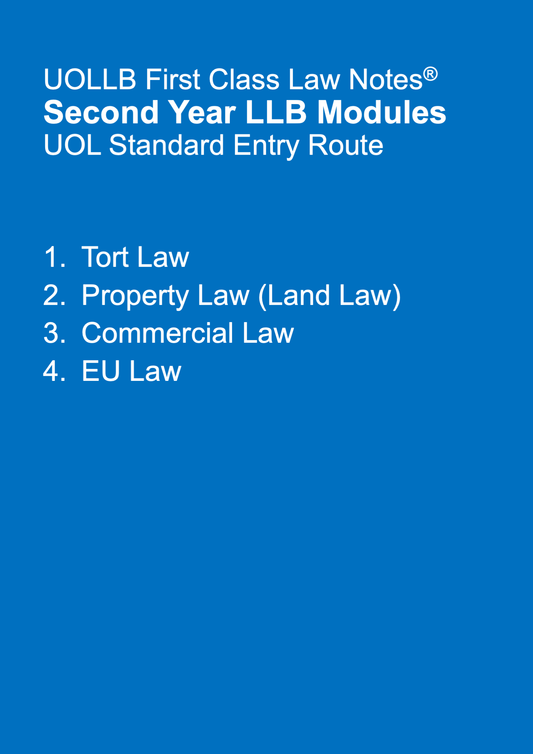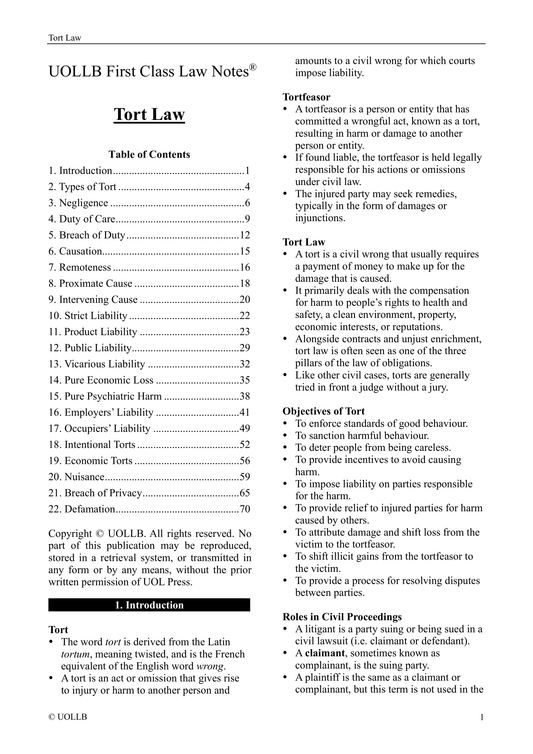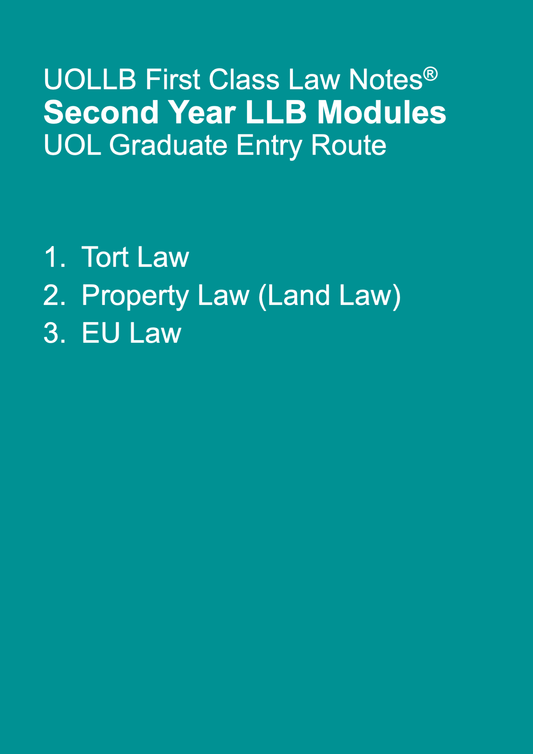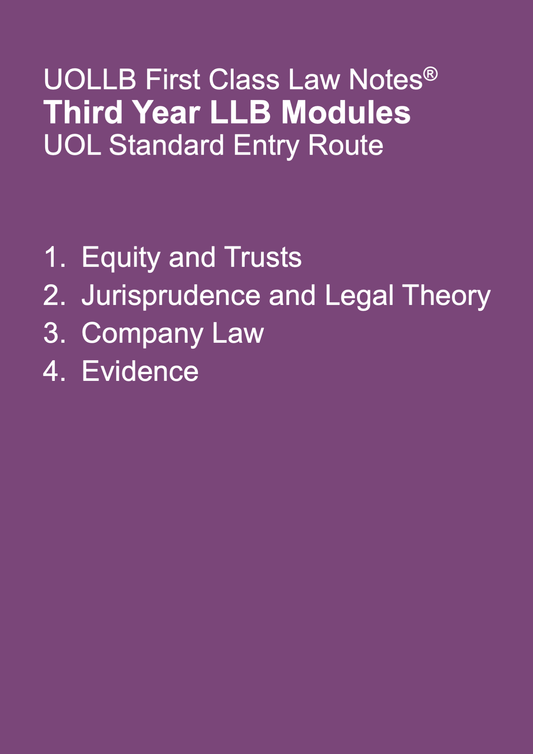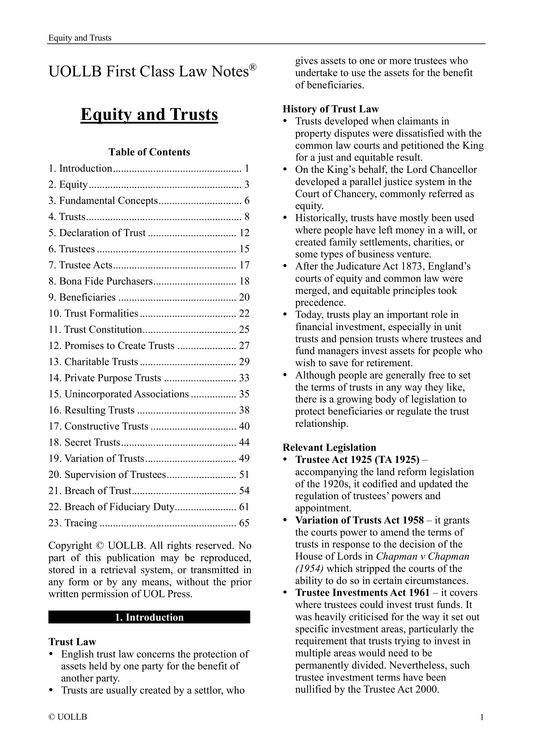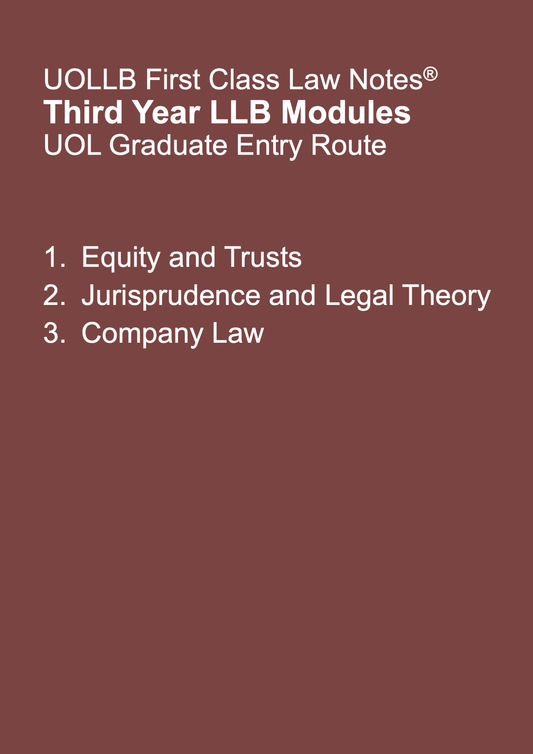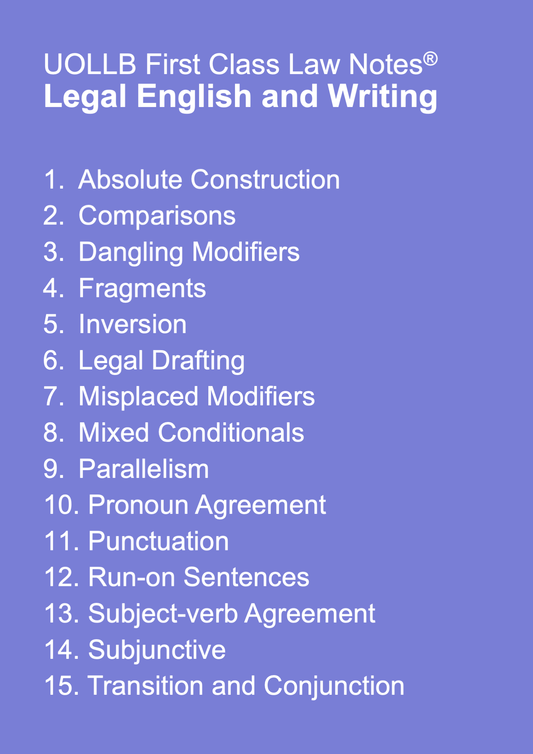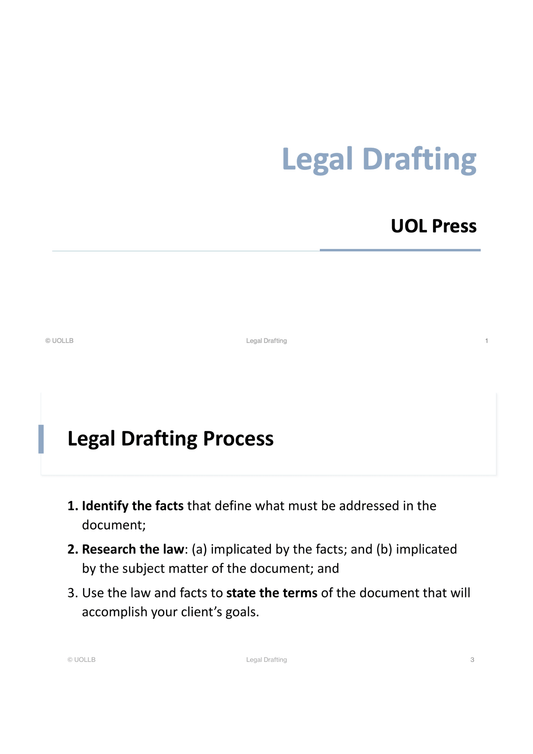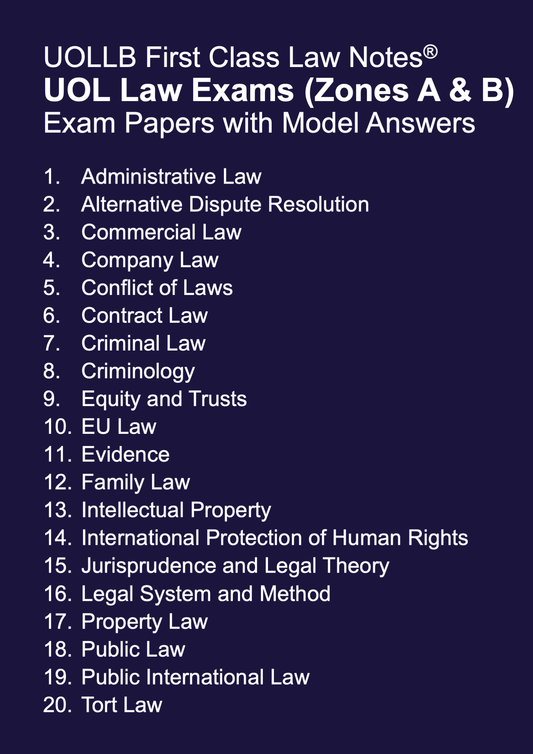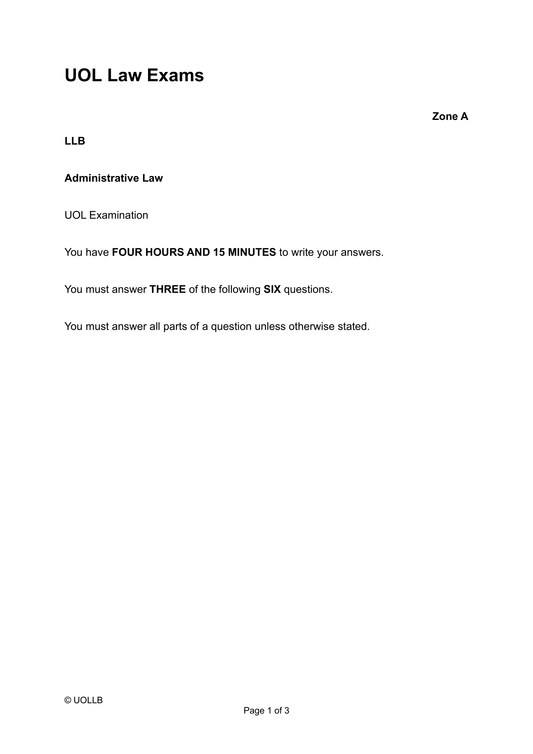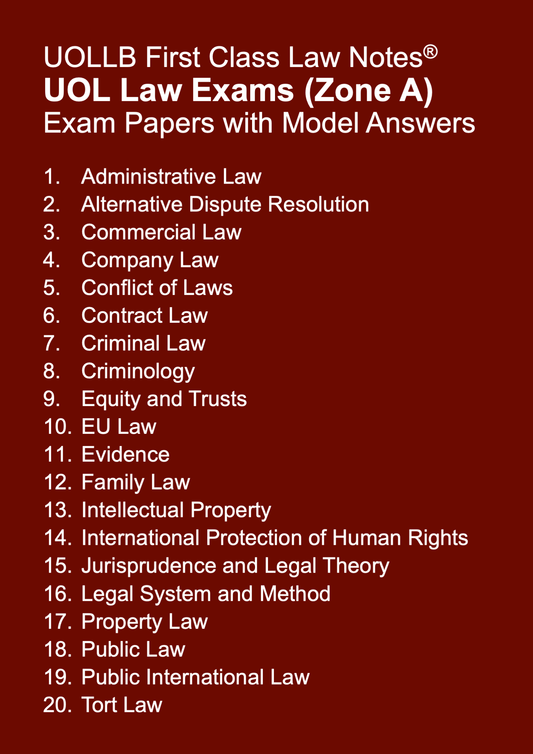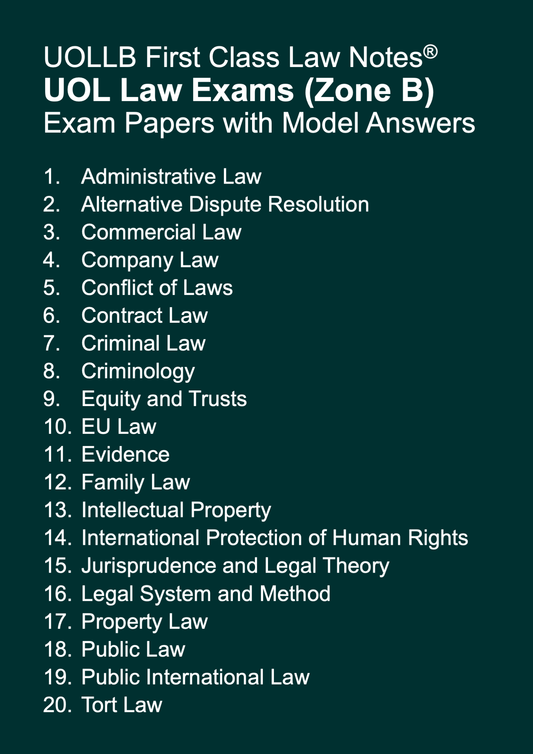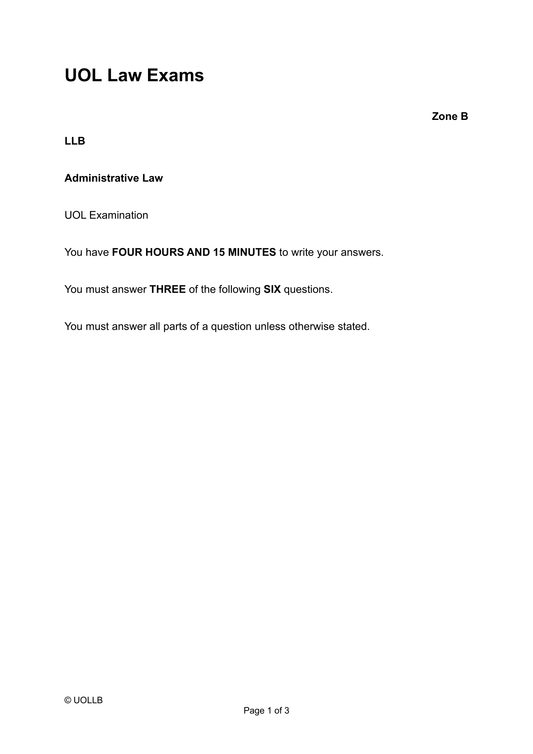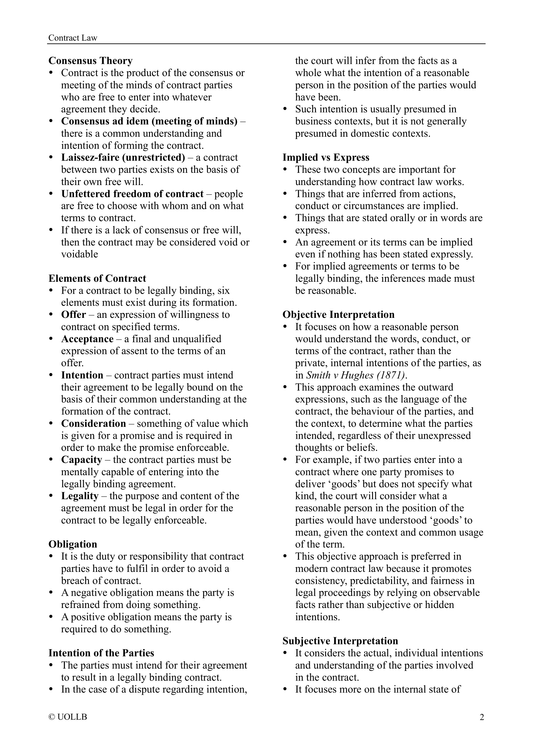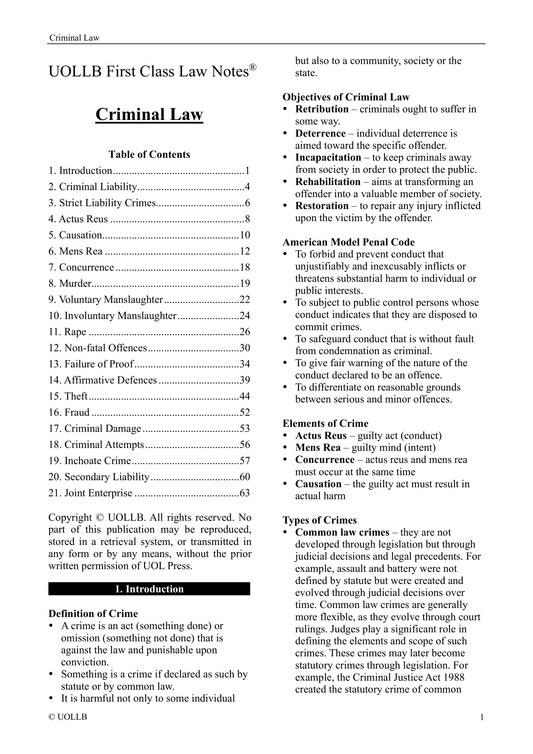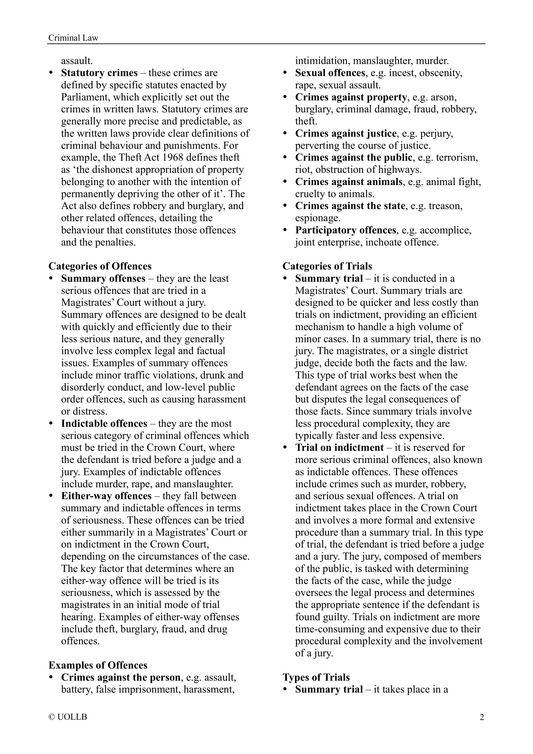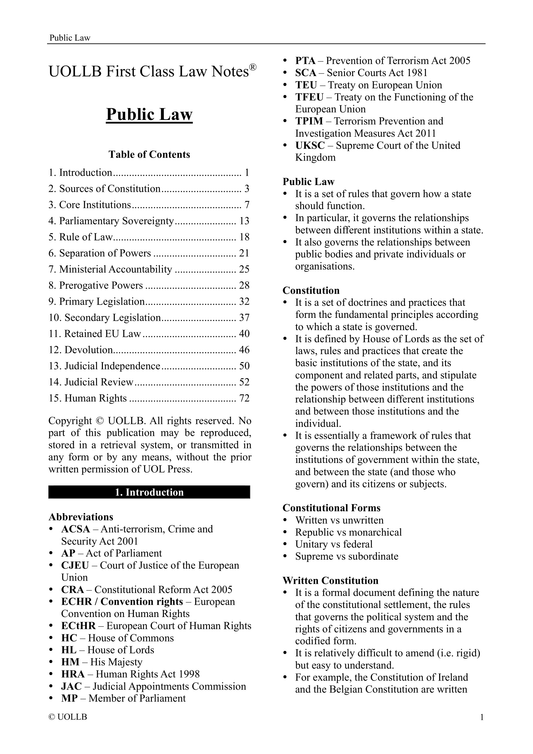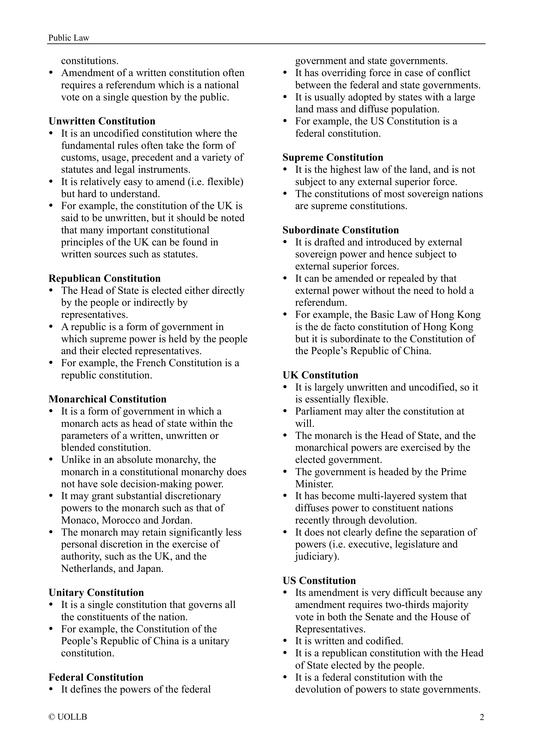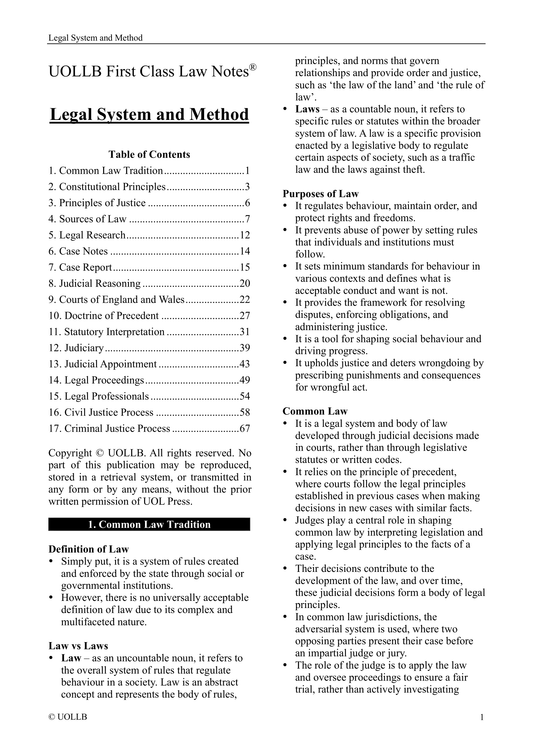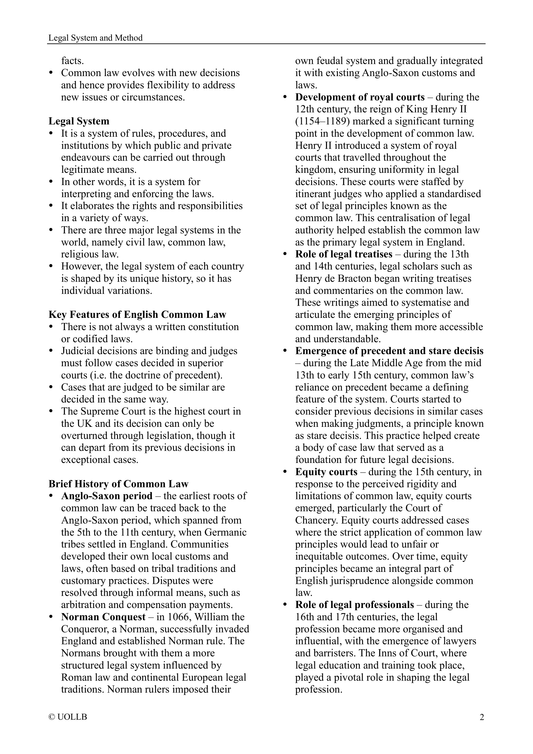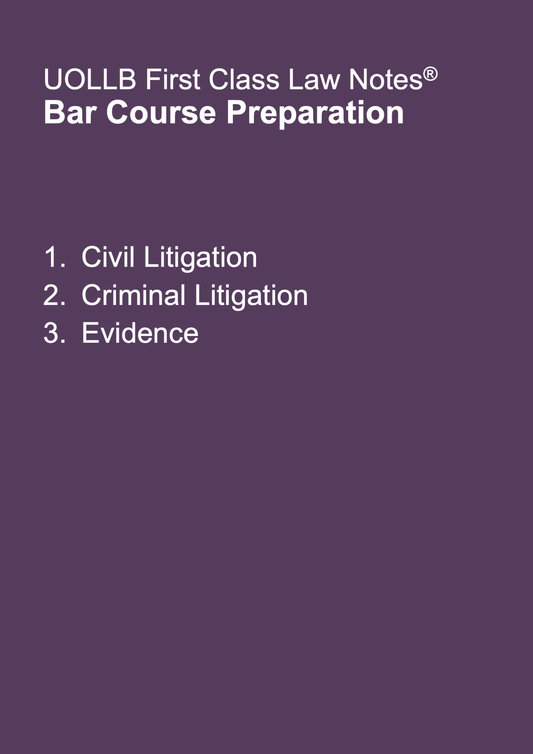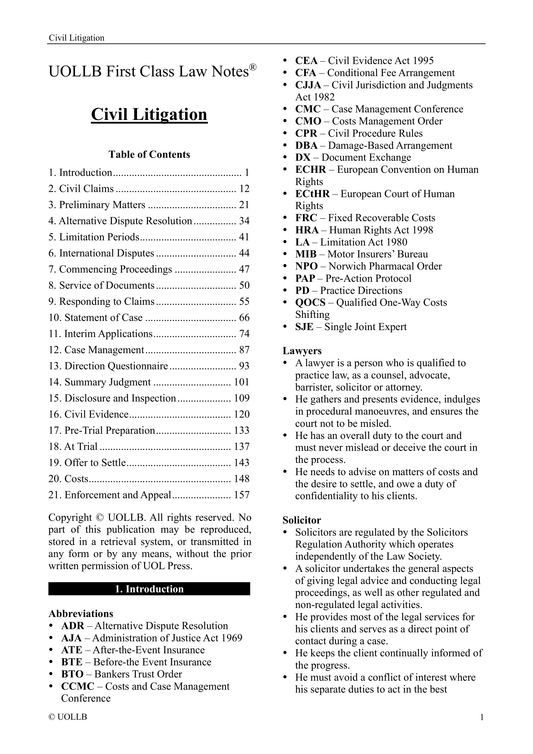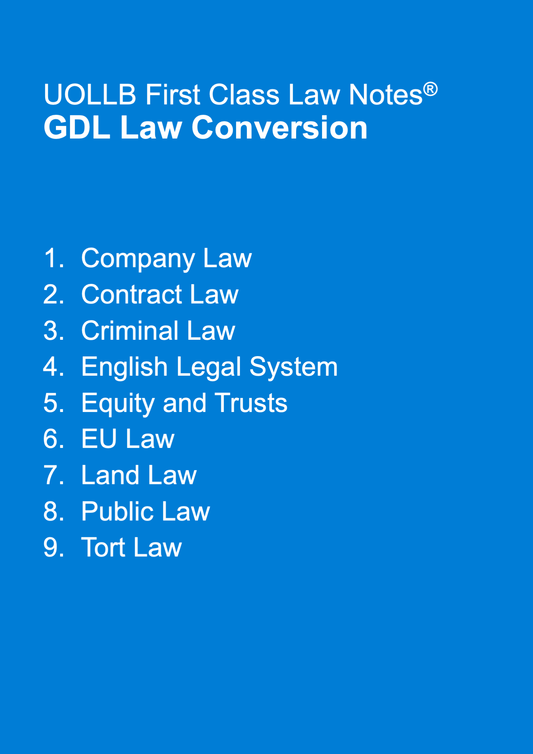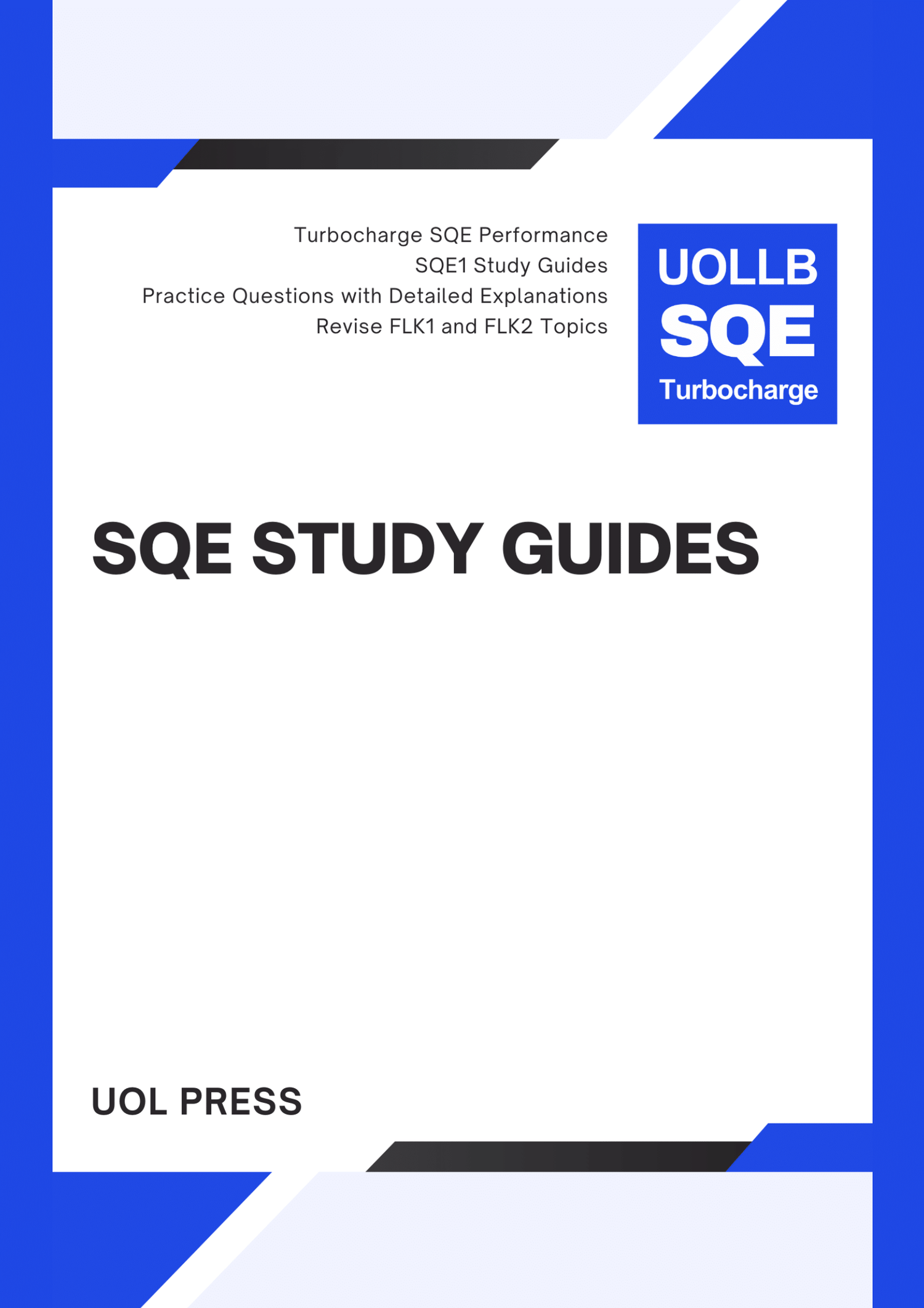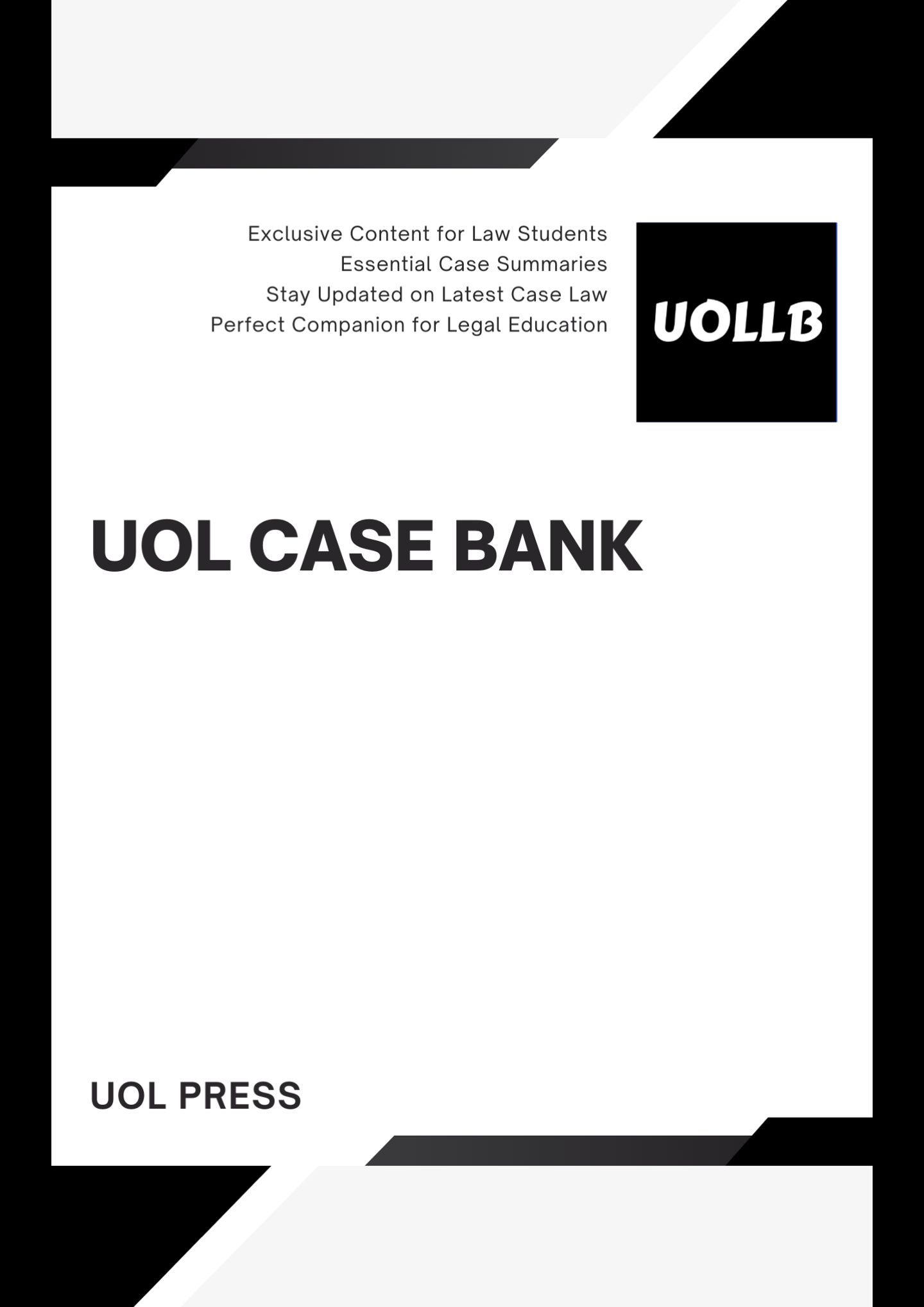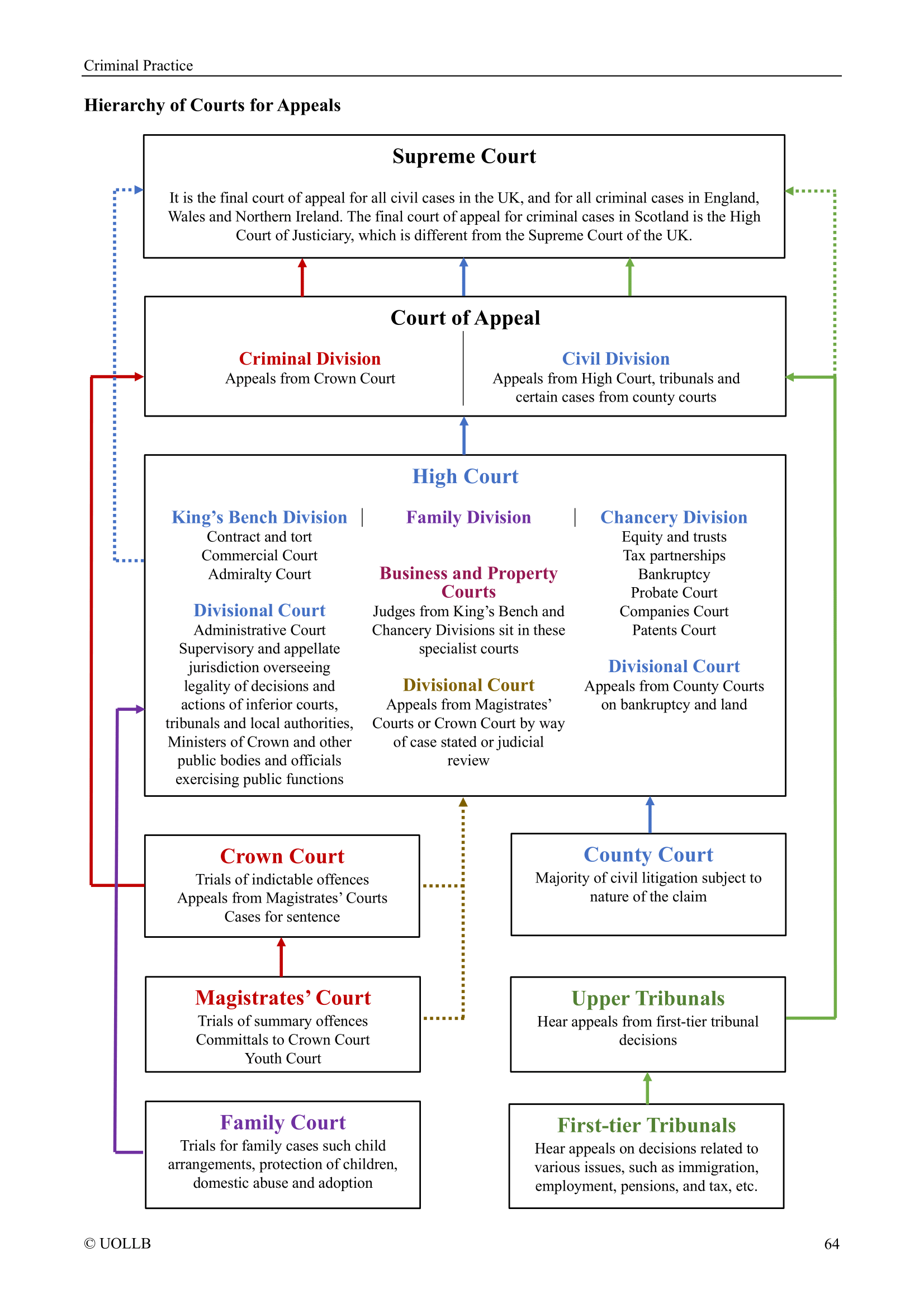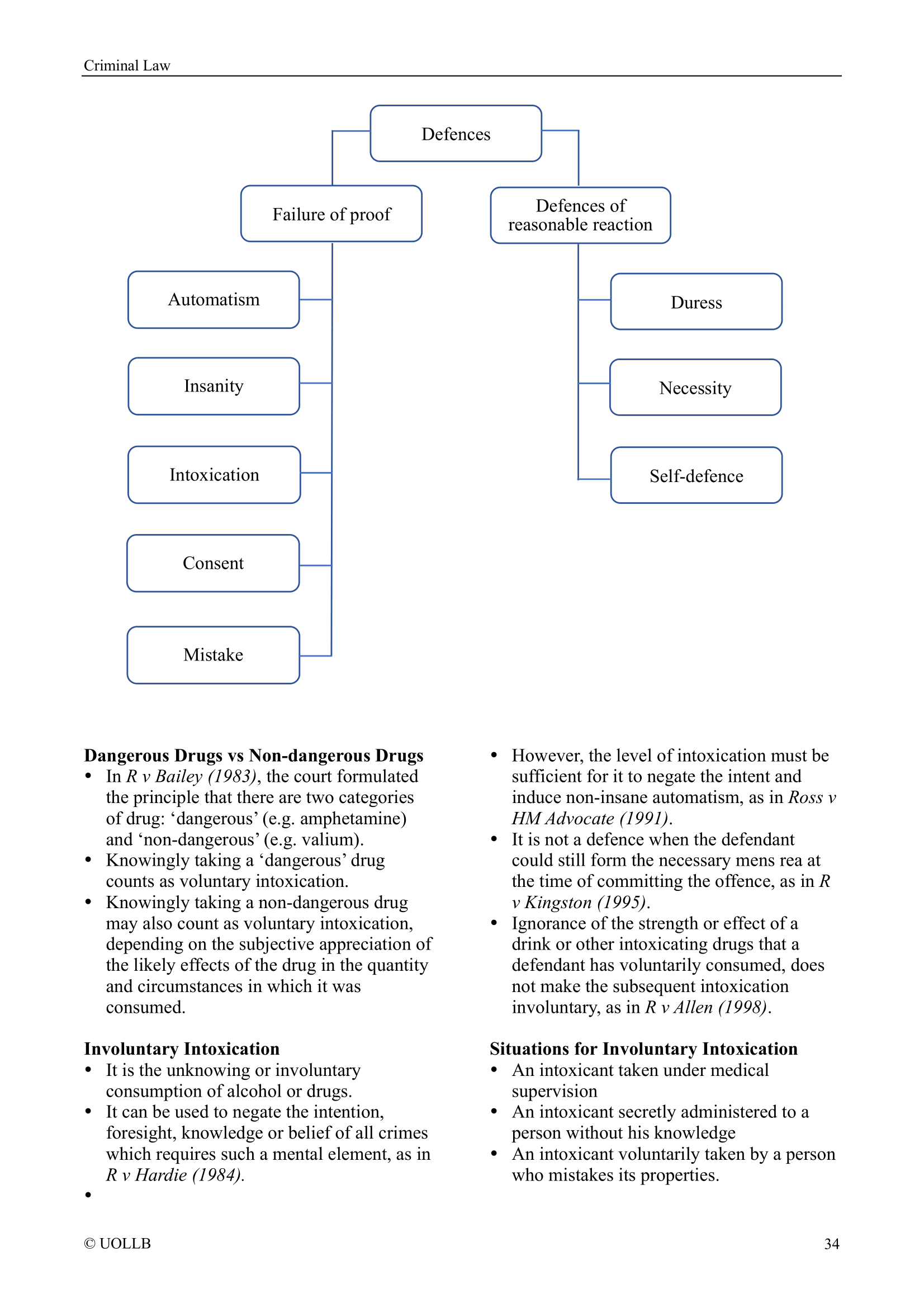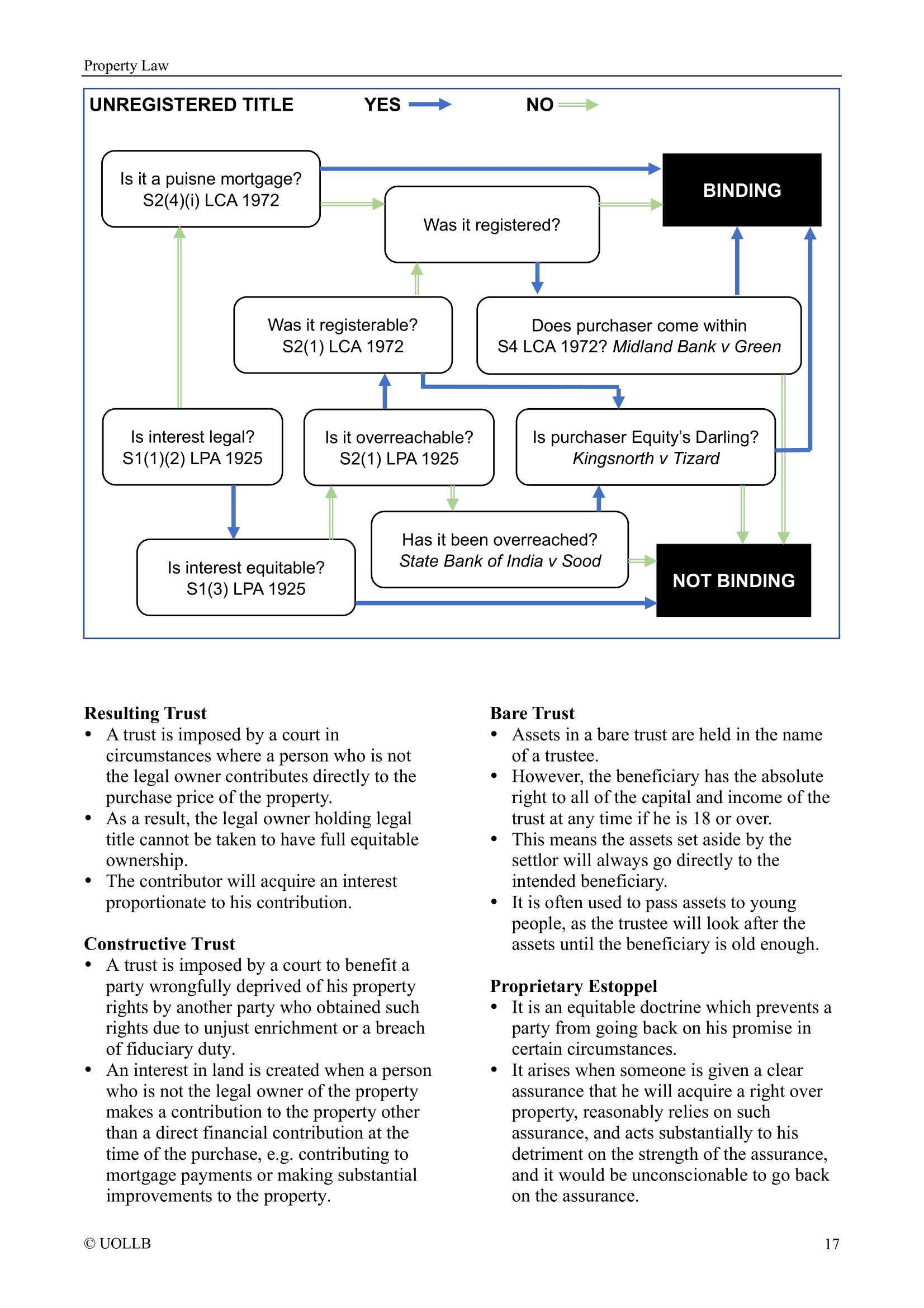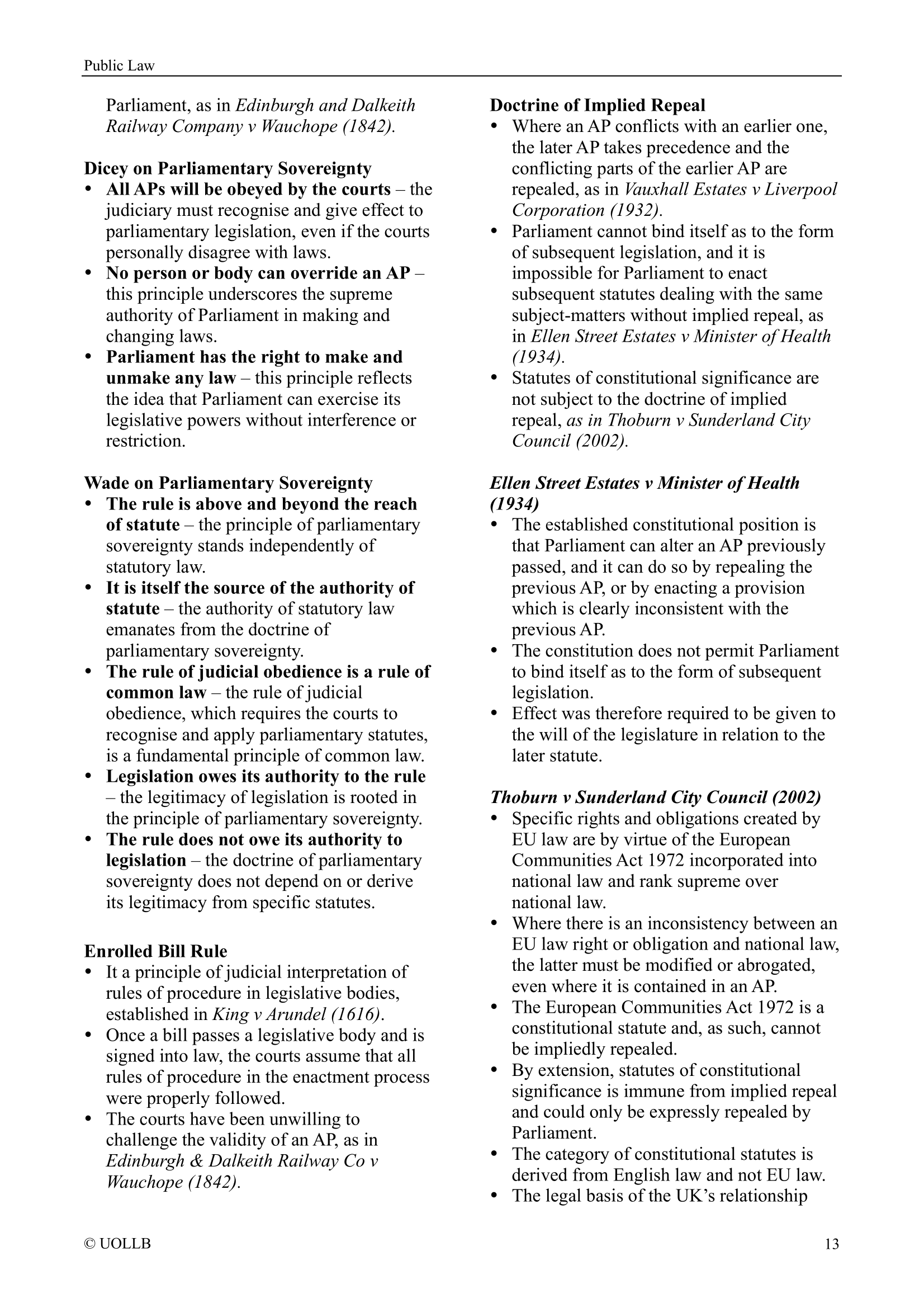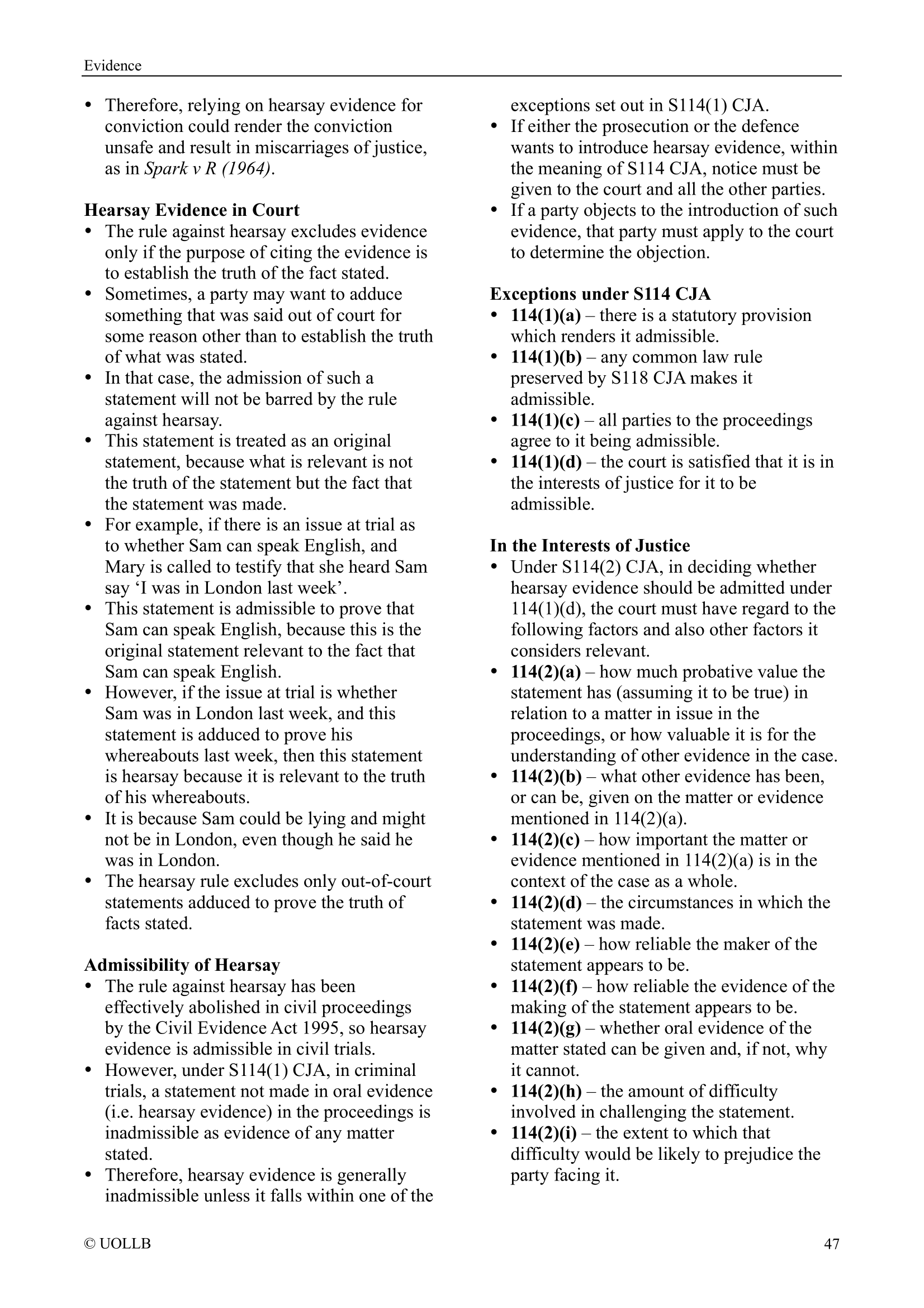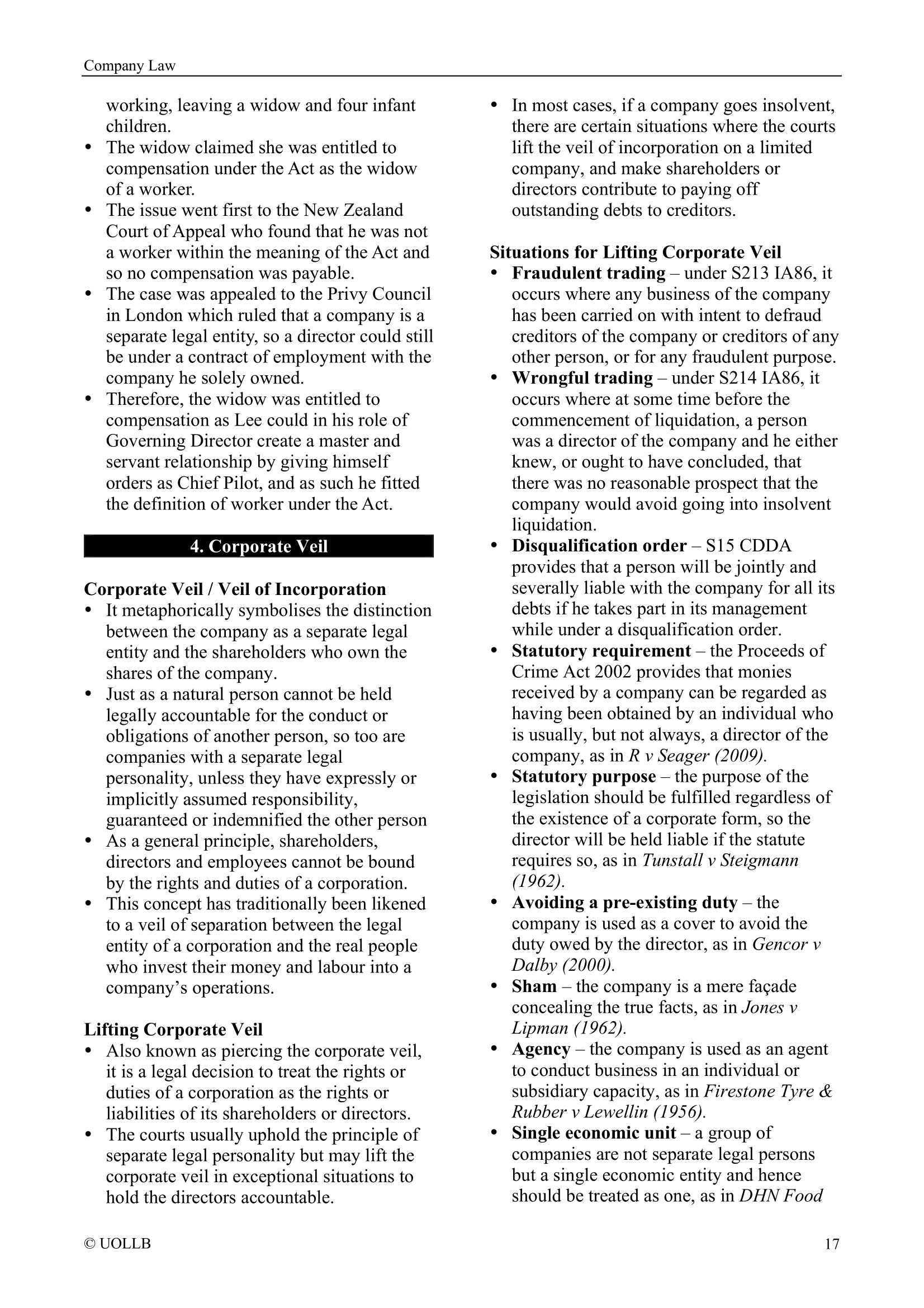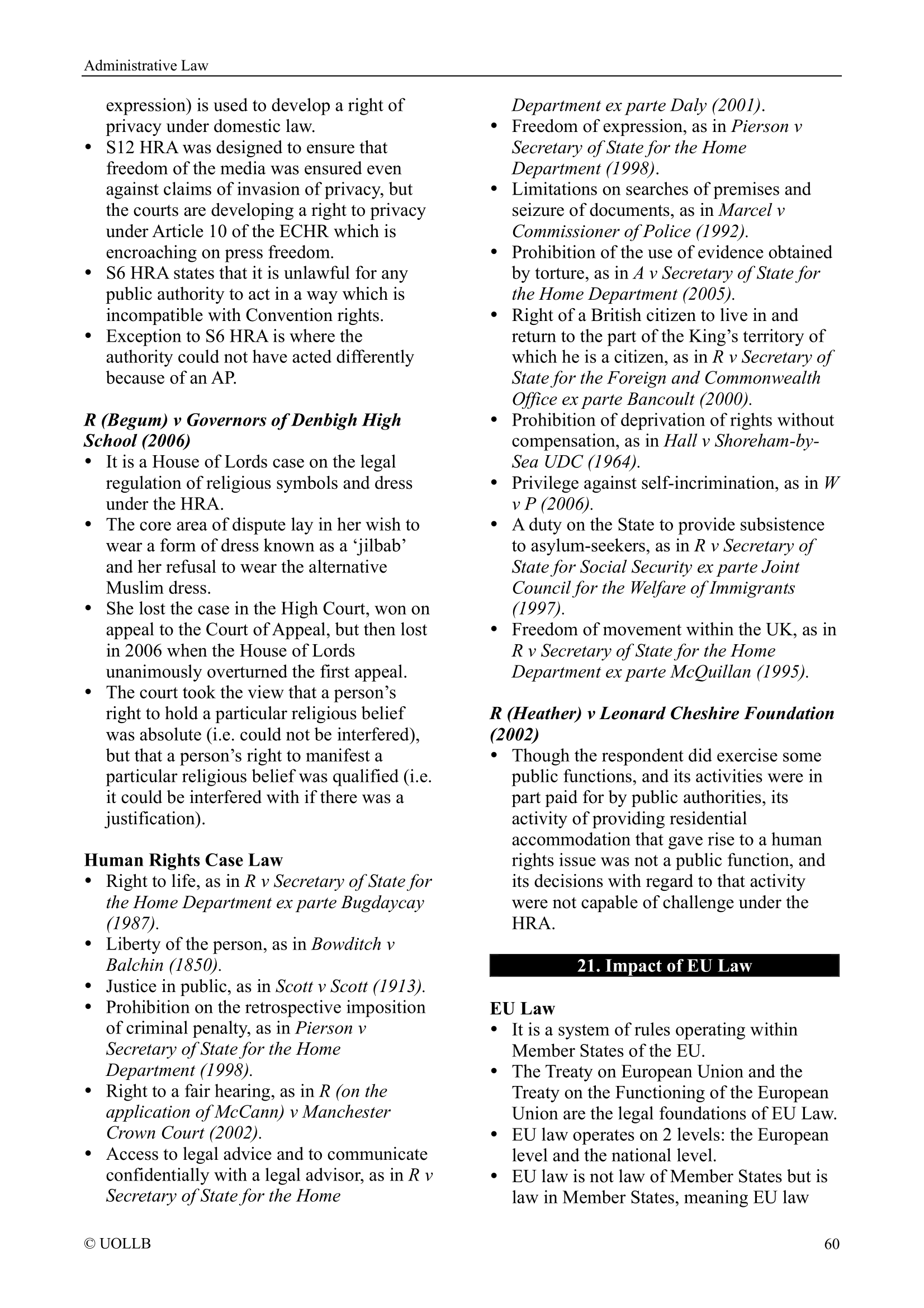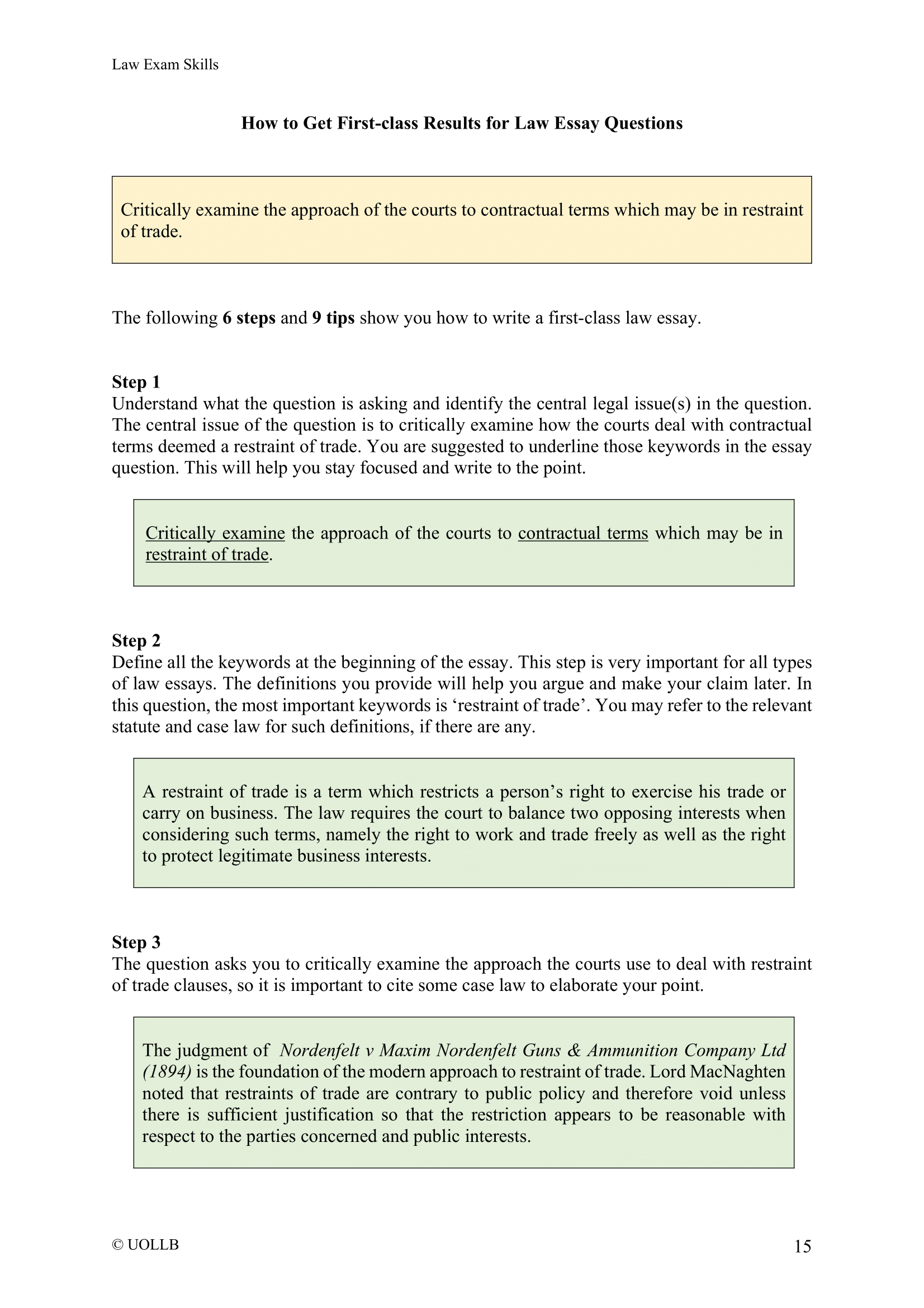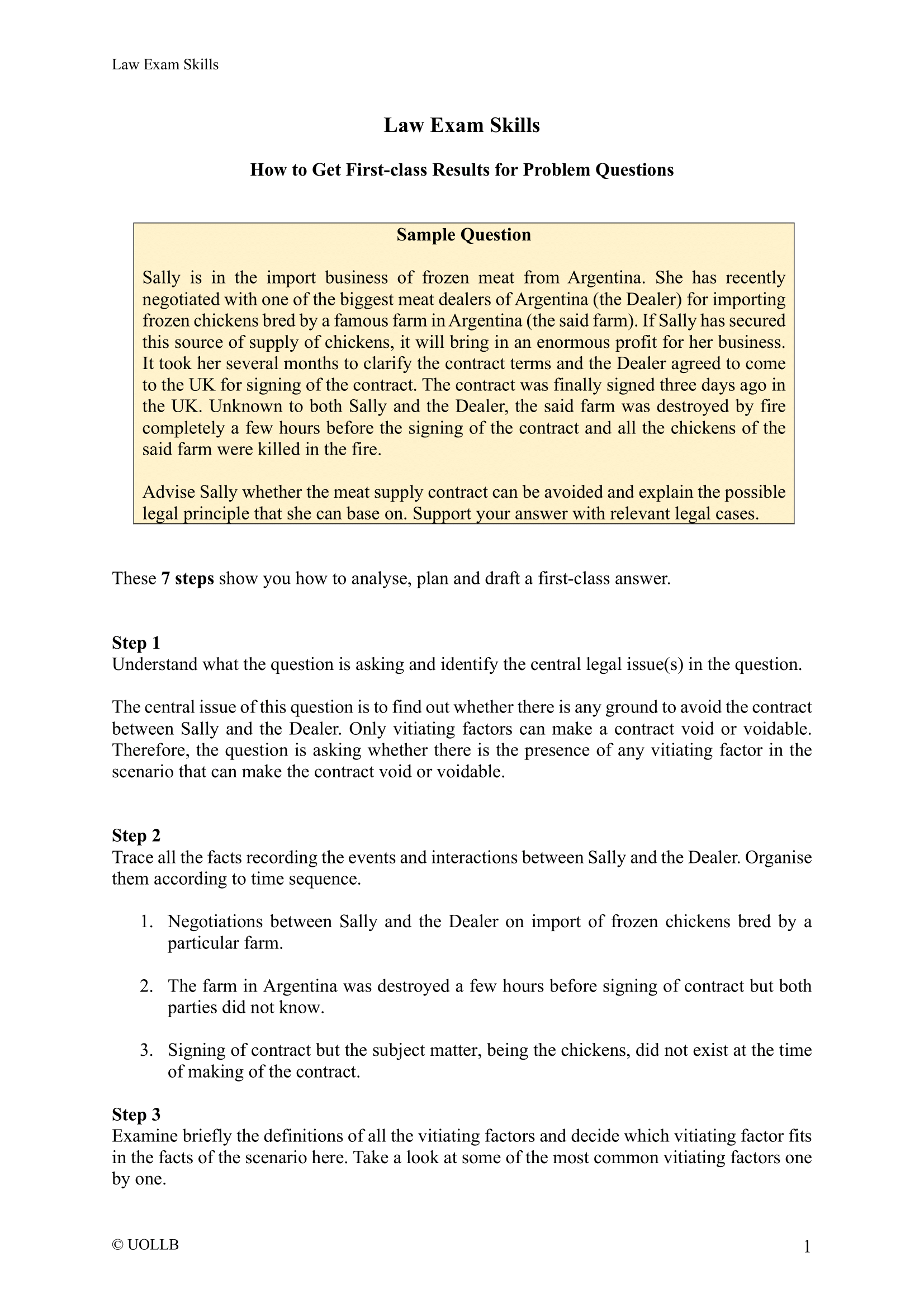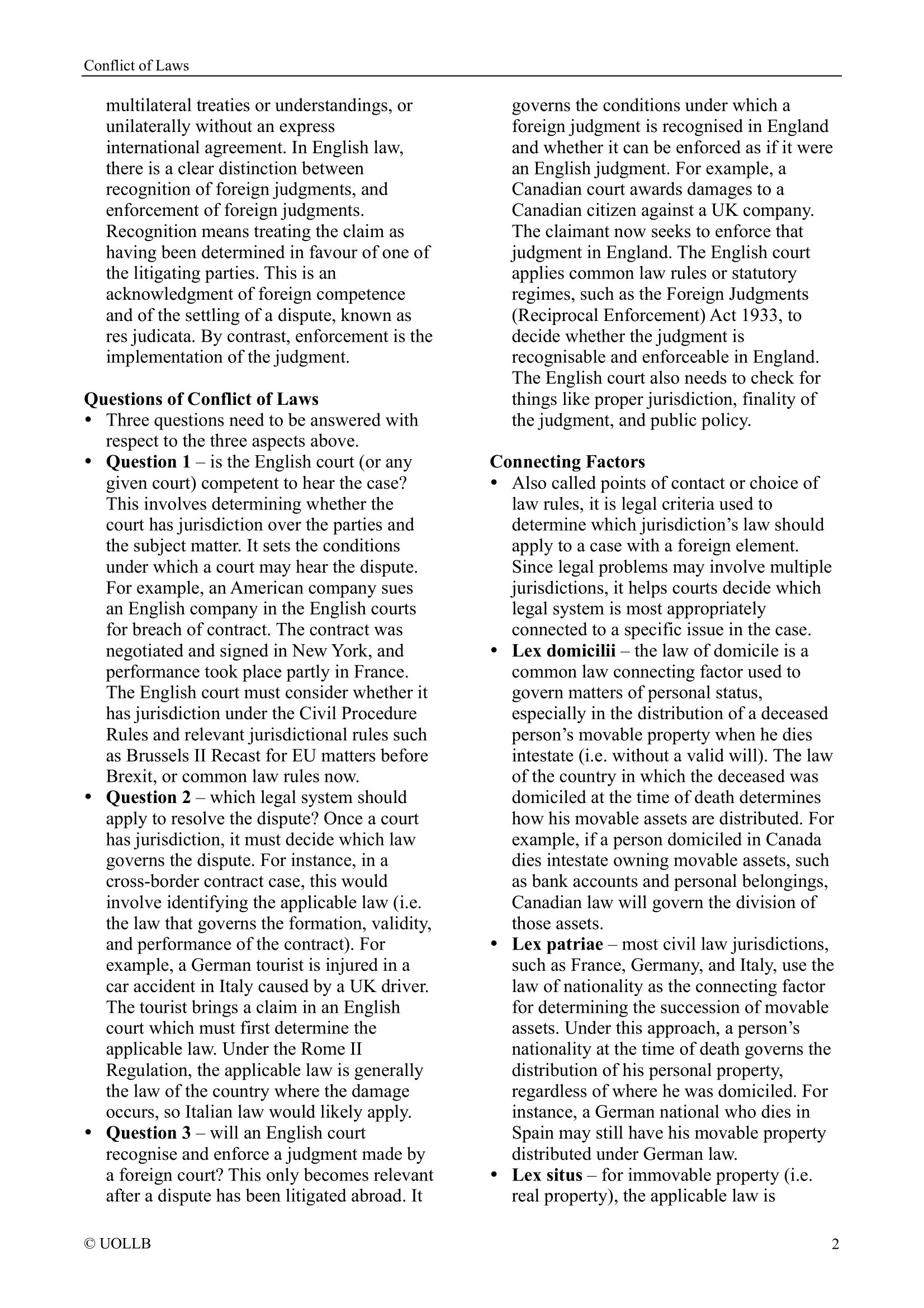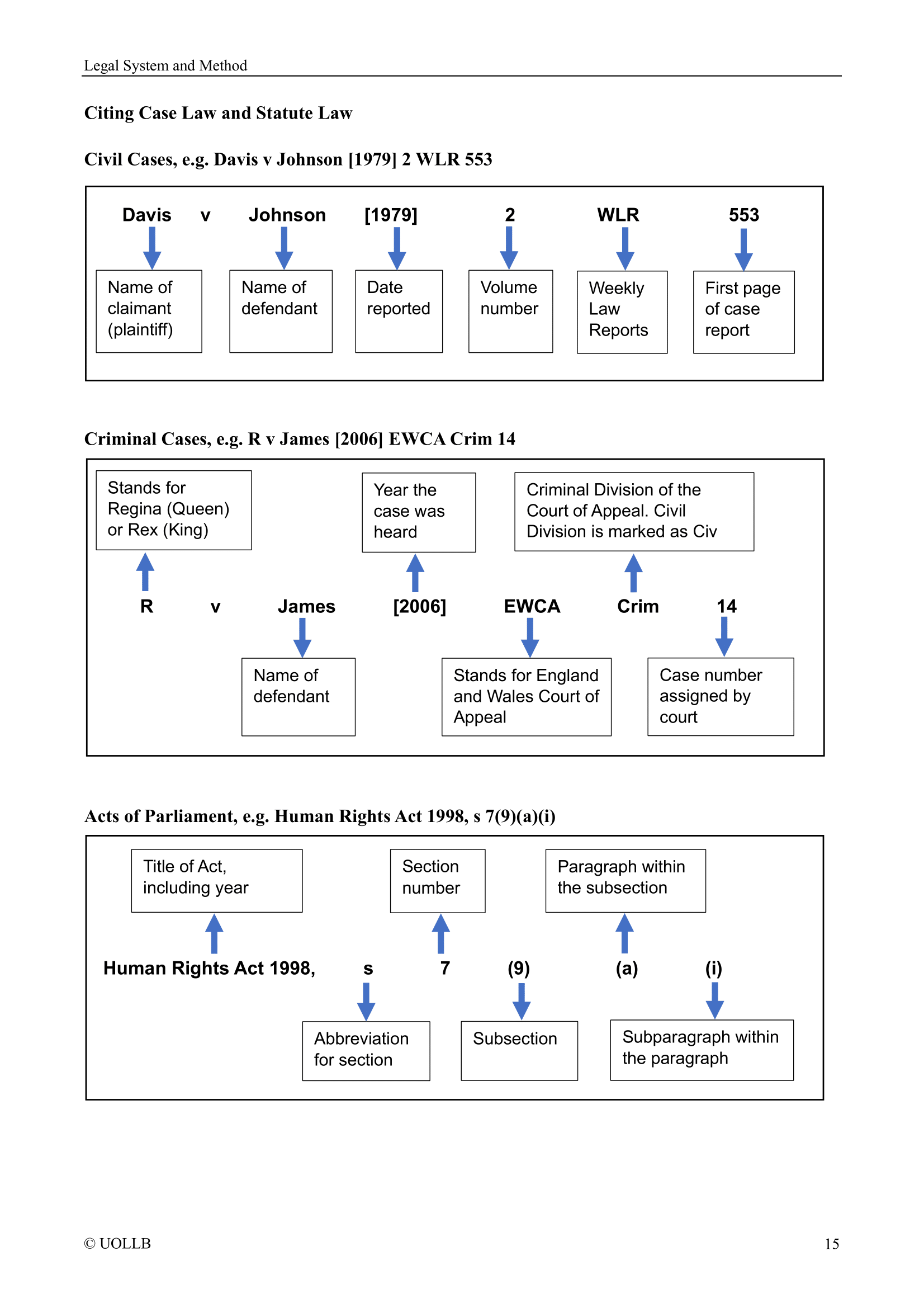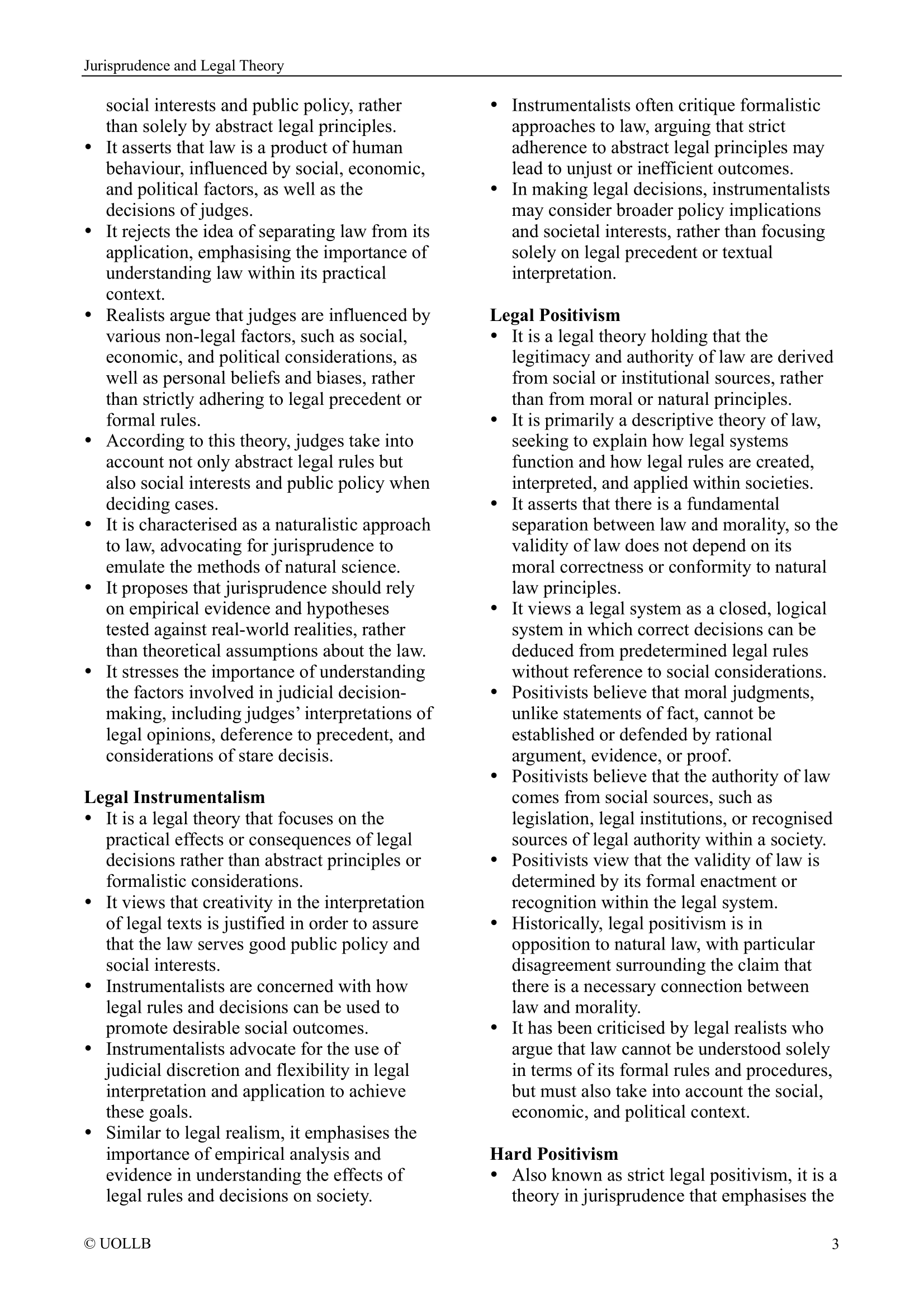Blackmail under Theft Act 1968
Share
Blackmail is a specific offence that involves making an unwarranted demand with menaces, intending to make a gain for oneself or cause a loss to another. Section 21 of the Theft Act 1968 provides the legal framework of blackmail, including its definition and sentencing, in England and Wales. According to this section, blackmail involves the following elements:
Section 21(1): Blackmail
A person is guilty of blackmail if, with a view to gain for himself or another or with intent to cause loss to another, he makes any unwarranted demand with menaces; and for this purpose a demand with menaces is unwarranted unless the person making it does so in the belief that he has reasonable grounds for making the demand; and that the use of the menaces is a proper means of reinforcing the demand.
Section 21(2): Menaces
The nature of the act or omission demanded is immaterial, and it is also immaterial whether the menaces relate to action to be taken by the person making the demand.
Section 21(3): Penalty
A person guilty of blackmail shall on conviction on indictment be liable to imprisonment for a term not exceeding fourteen years.
The key points and interpretation of this offence are as follows:
Unwarranted Demand: Blackmail occurs when a person makes an unwarranted demand. An unwarranted demand refers to a demand for money, property, or any other kind of gain that is not justified or legitimate. The demand could be explicit or implied.
Menaces: The person making the demand must accompany it with menaces. Menaces involve threats of any action harmful to a person or his property. These threats can include physical harm, damage to reputation, disclosure of private information, or any other detrimental consequences. The key aspect is that the threat causes fear or apprehension in the victim.
Intent to Gain or Cause Loss: The person making the unwarranted demand with menaces must have the intention to make a gain for himself or cause a loss to another person. This gain could be in the form of financial benefit, obtaining property, or any other advantage.
The sentencing for blackmail in England and Wales is determined by the seriousness of the offence and the specific circumstances of the case. The maximum penalty for blackmail under Section 21 of the Theft Act 1968 is a term of imprisonment not exceeding 14 years. However, the actual sentence imposed by the court depends on a range of factors, including:
Gravity of the Offence: The seriousness of the blackmail offence is a significant factor in determining the sentence. The court considers the extent and nature of the harm caused or threatened to the victim.
Aggravating and Mitigating Circumstances: The presence of aggravating factors, such as the use of violence or multiple victims, can increase the severity of the sentence. Conversely, mitigating factors, such as the absence of previous convictions or genuine remorse, may lead to a more lenient sentence.
Victim Impact: The impact of the offence on the victim is taken into account during sentencing. Factors like vulnerability, psychological harm, and financial loss suffered by the victim are considered.
Sentencing Guidelines: The Sentencing Council of England and Wales has issued guidelines to assist judges in determining appropriate sentences for blackmail offences. These guidelines consider the culpability of the offender, the harm caused, and any relevant aggravating or mitigating factors.
Discretion of the Court: The court has discretion in determining the sentence within the statutory maximum. The judge considers the specific circumstances of the case and may impose a custodial sentence (imprisonment), a community order, or a combination of both.
Guilty Pleas and Cooperation: The court may consider factors like early guilty pleas and cooperation with the authorities when determining the sentence. These factors can lead to a reduction in the sentence.
The court has discretion in determining the appropriate sentence within the statutory maximum, but in practice, it will refer to the sentencing guidelines issued by the Sentencing Council of England and Wales when determining the appropriate penalty.
